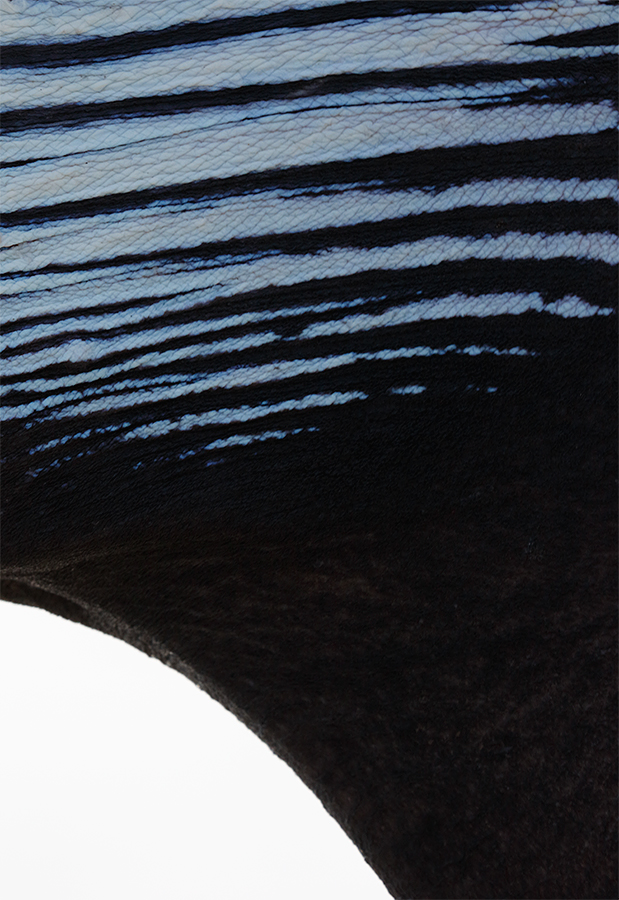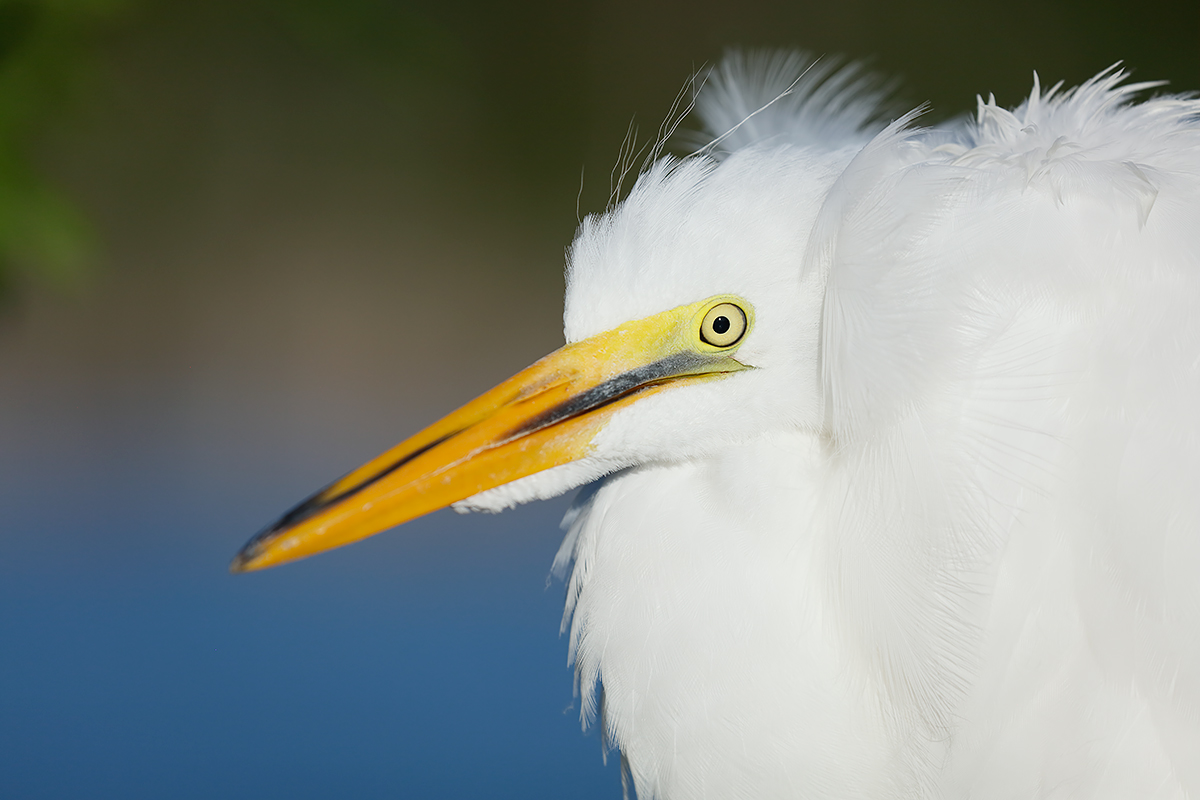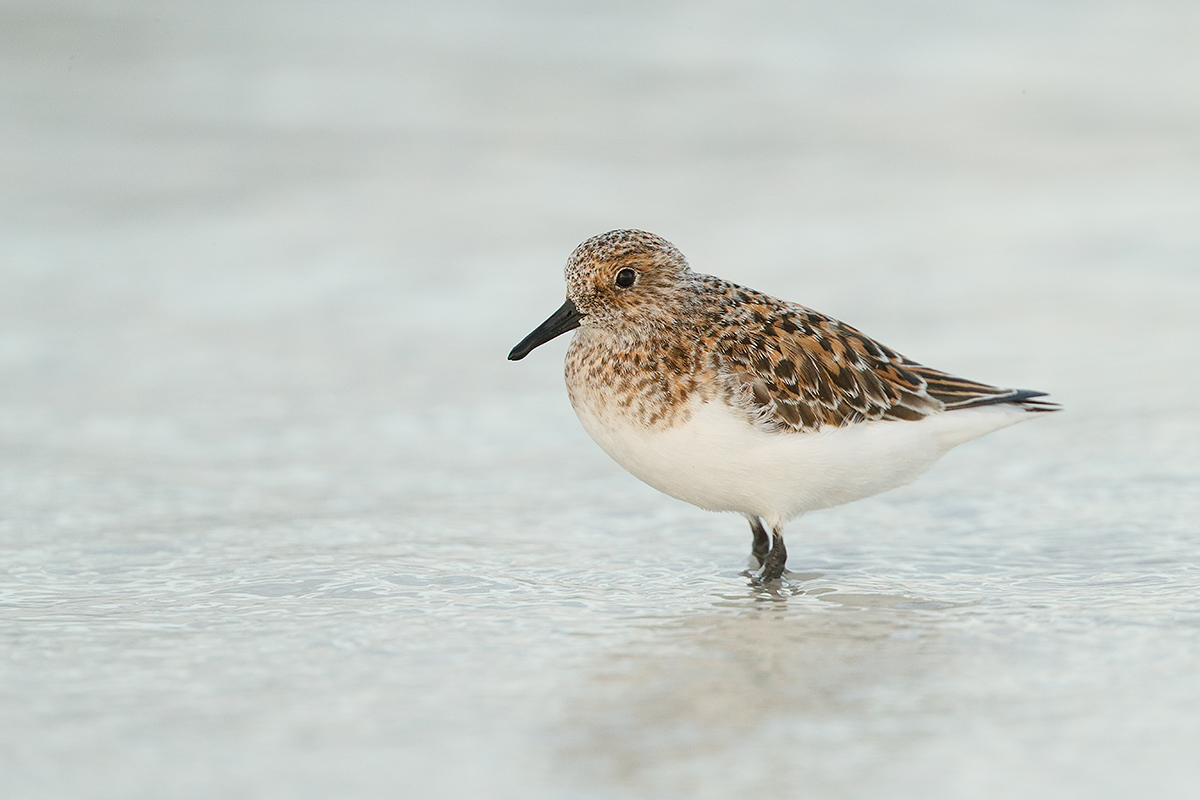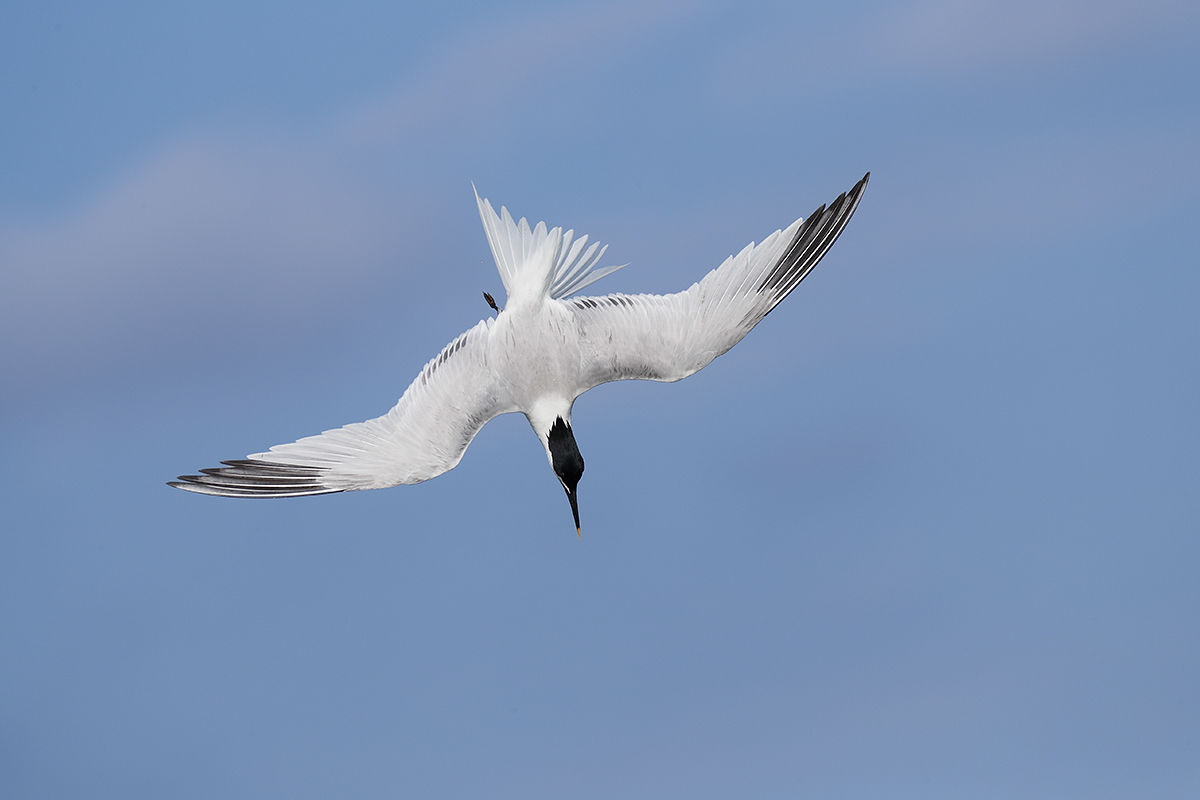What’s Up
I spent most of Thursday getting lots done on my 2015 taxes. I enjoyed a nice swim before the daily thunderstorms hit.
The Streak
Today’s blog post marks 196 days in a row with a new educational blog post, dozens of new topics to cover, and no end in sight until my big South America trip next fall. As always-–and folks have been doing a really great job recently–-please remember to use our B&H links for your major gear purchases. For best results use one of our many product-specific links; after clicking on one of those you can continue shopping with all subsequent purchases invisibly tracked to BAA. Your doing so is always greatly appreciated. Please remember: web orders only. Please remember that if you are shopping for items that we carry in the BAA Online Store (as noted in red at the close of this post below) we would appreciate your business.
Selling Your Used Gear Through BIRDS AS ART
Selling your used (or like-new) photo gear through the BAA Blog or via a BAA Online Bulletin is a great idea. We charge only a 5% commission. One of the more popular used gear for sale sites charges a minimum of 20%. Plus assorted fees! Yikes. The minimum item price here is $500 (or less for a $25 fee). If you are interested please e-mail with the words Items for Sale Info Request cut and pasted into the Subject line :). Stuff that is priced fairly–I offer free pricing advice, usually sells in no time flat. In the past few months, we have sold just about everything in sight. Do know that prices on some items like the EOS-1D Mark IV, the old Canon 500mm, the EOS-7D, the original 400mm IS DO lens, and most recently, the 200-400 with Internal Extender, have been dropping steadily. You can see all current listings by clicking here or by clicking on the Used Photo Gear tab on the yellow-orange tab on the left side of the lower menu bar above.
IPT veteran Carolyn Peterson sold her Canon EOS 5D Mark III DSLR camera body in excellent condition for $1,549 in early May.
The sale of Les Greenberg’s Canon EOS Canon 5D Mark III Camera Body is pending.
New Listing
Canon EOS 7D Mark II
KW McCulloch is offering a used Canon EOS 7D Mark II in very good plus condition for $999. The sale includes the front body cap, the original product box, an extra LP-E6 battery, the battery charger, and insured shipping via UPS Ground. Your item will not ship until your check clears or other arrangements are made.
Please contact KW by e-mail or by phone at 361/727-2652 (Central time).
I’ve owned and used a 7D Mark II almost from the beginning. I championed it for a while until I fell in love the the far more expensive 5DS R. Several of my images that made the final rounds of judging in this year’s BBC Wildlife Photographer of the Year Competition and three of the four photos that are currently in the last round of the Nature’s Best Contest are 7D Mark II images… artie
|
This image was created at Vina del Mar on October 23, 2015 with the hand held Canon EF 100-400mm f/4.5-5.6L IS II USM lens and the amazing Canon EOS 7D Mark II. ISO 400. Evaluative metering -1 stop: 1/640 sec. at f/10. One AF point above and one AF point to the right of the center AF point/AI Servo Expand/Rear Focus AF as framed was active at the moment of exposure (as is always best when hand holding). Click here to see the latest version of the Rear Focus Tutorial. Click on the image to see a larger version. What is it? |
Peruvian Pelican
In the November 8, 2015 blog post here, I asked, “What is it?”
It was and is a tight portrait of the neck of a Peruvian Pelican. Kudos to Adrian Dancy who commented:
Gular pouch and throat of a Peruvian Pelican or other similar species…
Ain’t the 100-400II amazing?
|
This image was created at Gatorland last Thursday with the hand held Canon EF 100-400mm f/4.5-5.6L IS II USM lens (at 360mm) and the mega mega-pixel Canon EOS 5DS R. ISO 400. Evaluative metering +1/3 stop: 1/3200 sec. at f/6.3. Daylight WB. The selected AF point was two to the right and one row up from the center AF point/AI Servo Expand/Rear Focus AF as framed was active at the moment of exposure (as is always best when hand holding). The selected point fell on the bottom part of the bird’s eye. Click here to see the latest version of the Rear Focus Tutorial. Click on the image to see a larger version. Great Egret large chick |
Depth-of-Field Answer…
In the May 9, 2016 blog post here, I wrote, With the bird’s eye super-sharp and the tip of the beak not in sharp focus, would I have been better off going to a small aperture like f/13? Why or why not? I did have lots of shutter speed to work with…
The first few folks who responded were right on. But I will always withhold judgement especially of the right answers. That to give others a chance to hang themselves. And many did just that by suggesting that f/13 was the way to go, that it would yield a sharp bill tip (possibly but who cares?), and that it would have little to no effect on the distant background. Nothing could be farther from the truth. Stopping down even a bit would bring up unwanted details in the distant background that consisted of bushes (the green stuff) and part of an ugly fence (the tan stuff). And the only time I have ever seen diffraction with a telephoto lens is when working at tiny apertures (can you say f/57?) and shooting into blasting highlights…
Elinor Osborn nailed it when she wrote, f/13 probably f13 would have made the bill tip sharp, but would have brought out too much detail in the o-o-f background (with those lovely colors). But Henry left my favorite answer: The eye is perfectly sharp and that’s all I care about. As I have written here and elsewhere, I have made a wonderful living for the past 32 years focusing on the bird’s eye and working wide open or close to it–depth-of-field be damned.
Red Dunes, Mocha Dunes…
In the Red Dunes, Mocha Dunes blog post here, I must confess that I like both images equally well. If you twisted my arm really hard and made me pick one, I’d go for the mocha dunes for all of those rich tones. Heck, they would look great on any wall as a pair.
|
This image was created on my scouting morning at Fort DeSoto with the hand held Canon EF 400mm f/4 DO IS II USM lens, the Canon Extender EF 2X III, and the Canon EOS-1D X Mark II with Premium Kit with 64GB Card and Reader. ISO 4000. Evaluative metering +3 stops off the gray sky: 1/1000 sec. at f/9. Shade WB. AF Micro-adjustment for the 400 DO II/2XIII TC/1DX: -5 Center AF point/AI Servo Expand/Rear Focus AF as framed was active at the moment of exposure (as is always best when hand holding). The selected AF point was on the side of the breast right below the base of the bill. Click here to see the latest version of the Rear Focus Tutorial. Click on the image to see a larger version. Image #1: Sanderling in breeding plumage/ISO 4000. |
Sanderling or Turnstone?
In the It’s a Whole New 1DX Mark II World: Hand Holding 800mm & ISO 4000… blog post here, my preference, shared by about half the folks, was for the simplicity and rich colors of the Sanderling image.
Why Tv Mode at 1/320 sec.?
In the EOS 1DX Mark II ISO Elevator: Going Up to 8000 post of May 12th here, I asked, Why did I work in Tv mode and select 1/320 sec?
Kent Downing’s comment was spot on. I have paraphrased what he wrote here:
1/320 is pretty much the minimum shutter speed for hand holding the selected lens-tc combination with IS on. f9- to increase the small DOF at the subject Oyster Catcher and still leave a pleasing background. Safety Shift to ISO- to use the fantastic ISO capabilities of the new 1DX Mk II and preserve your selected Tv-Av settings.
Your exposure decision was based upon the changing light conditions of the very early morning light and a mostly stationary subject. With the mostly consistent subject size and background you were able to avoid an improper exposure and keep shooting, thus resulting in a beautiful image.
Hope I am on the correct path. Thanks Artie
I responded:
Hey Kent, You were not only on the correct path you nailed everything! Well done. a
Note: while I most often use Tv mode when creating pleasing blurs it can be quite effective when you are working in low light but want to commit to a minimum shutter speed, one that will likely yield sharp images. Being able to quickly dial in the correct EC (exposure compensation) and ISO Safety Shift (or Auto ISO) are the keys to success.
Tripod Question
In the 1DX II Automatic Selection AF at Sunrise… blog post here, I asked, Can anyone figure out why I was hand holding the 600 II with the 1.4X III TC in relatively low light rather than working on my Induro tripod?
Nobody came close to the very simple answer: Much to my chagrin, I forgot to put my tripod into the Wheeleeze. (Click here and scroll down to learn about the balloon-wheeled cart that has prolonged my beloved beach photography career by at least a decade.).
|
This image was created on the next-to-last afternoon of the Fort DeSoto IPT with the hand held Canon EF 100-400mm f/4.5-5.6L IS II USM lens, the Canon Extender EF 1.4X III (at 390mm) and the Canon EOS-1D X Mark II with Premium Kit: 64GB Card and Reader. ISO 800. Evaluative metering +1/3 stop off the light blue sky: 1/3200 sec. at f/8. AF Micro-adjustment via LensAlign/Focus Tune: +4. Tutorial coming soon. Center AF point (Manual selection)/AI Servo Expand/Shutter Button AF as originally framed framed was active at the moment of exposure (as is always best when hand holding). The selected AF point was squarely on the center of the tern’s back. (This is a small crop for composition from the left and the top.) Click on the image to see a larger version. Sandwich Tern diving |
My Favorite Part of the Diving Sandwich Tern Image…
In the Canon 100-400II + 1.4X III TC + 1DX Mark II for Hand Held Flight/Teacher Learns From Student: Machine Gun Mike Hankes… post here, I asked, What do you think is my favorite part of the bird?
Answer: that silly little foot just to the left of the sweetly cocked tail, acting like a rudder.
Please Remember to use our Affiliate Links 🙂
To show your appreciation for my continuing efforts here, we ask, as always, that you get in the habit of using my B&H affiliate links on the right side of the blog for all of your photo and electronics purchases. Please check the availability of all photographic accessories in the BIRDS AS ART Online Store, especially the Mongoose M3.6 tripod heads, Induro tripods and ballheads, Wimberley heads and plates, LensCoats and accessories, and the like. We sell only what I have used, have tested, and can depend on. We will not sell you junk. We know what you need to make creating great images easy and fun. And we are always glad to answer your gear questions via e-mail.
I would of course appreciate your using our B&H affiliate links for all of your major gear, video, and electronic purchases. For the photographic stuff mentioned in the paragraph above we, meaning BAA, would of course greatly appreciate your business. Here is a huge thank you to the many who have been using our links on a regular basis and visiting the BAA Online store as well.
I would of course appreciate your using our B&H affiliate links for all of your major gear, video, and electronic purchases. For the photographic stuff mentioned in the paragraph above we, meaning BAA, would of course greatly appreciate your business. Here is a huge thank you to the many who have been using our links on a regular basis and visiting the BAA Online store as well.
Be sure to like and follow BAA on Facebook by clicking on the logo link upper right. Tanks a stack!
Typos
In all blog posts and Bulletins, feel free to e-mail or to leave a comment regarding any typos or errors. Just be right 🙂


















hi artie,
once again a hugely instructive blog post.
i never get tired of reading the comments and learning here.
looking forward to the southern ocean trip too.
Its gona be a blast.
I wonder if I will be able to stretch to a 1DX ll before then.
David
IDX II high ISOs will be great in the Southern Ocean 🙂 a
Hi Artie,
Thanks for commenting on my answer to your earlier Tv, ISO-Safety Shift Blog question. It’s always great to learn and be reminded of different photo techniques. Thanks a bunch 🙂
Where appropriate, I will apply this technique during the upcoming Southern Oceans trip with you in October.
Cheers from New Zealand !!
Kent
You are most welcome. I am looking forward to it. Are you on the CES Falklands pre-trip?
a
Yes. And with Ron.
K
Which Ron? a
ps: let me know via e-mail when you guys get to Santiago and I will tell you about my condor and Inca Tern outings 🙂
Ron and Janine Niebrugge. Will stay in touch too. Your assistance is greatly appreciated. I’ll be arriving to Santiago two days early, so some time to explore on my own.
Cheers Artie.
Kent
Thanks. Ron is a friend. I did not know that his wife was coming and am looking forward to meeting her.
a
You convinced me! I used your link and just placed an order for the II version and will send you an email shortly about selling my I version in at least “very good” condition. Thanks, Artie!
Many thanks. You will love it. Please send me your B&H receipt via e-mail. later and love, artie
Let me add, if I may, that the version II autofocuses like lightning, which the version I does not do. I had–and still have–Artie’s old toy lens, the brilliant 400 f/5.6L. The 100-400 version I didn’t tempt me, but since getting the version II the 400 prime hasn’t been on my camera. I can’t say enough good about this amazing lens. By itself, it is sufficient reason to buy Canon over any other maker.
You are correct sir 🙂
a
The Canon EF 100-400mm f/4.5-5.6L IS II USM lens really does a great job for you; I love your images and read your blog most everyday. I have the version I of this lens. Can you refer me to a blog that tells the difference between these lenses? I’m trying to decide if it’s worth the cost of replacing it. Many thanks.
No specific blog post but here is the short version: the 100-400II is sharper, has better IS, focuses to less than one meter, just over 3 feet!, is more rugged and robust, is a twist zoom rather than a push pull so no more internal dust. Please use my B&H link to purchase as it is a huge upgrade. And I can sell your old one for about $650 or so in very good condition. artie